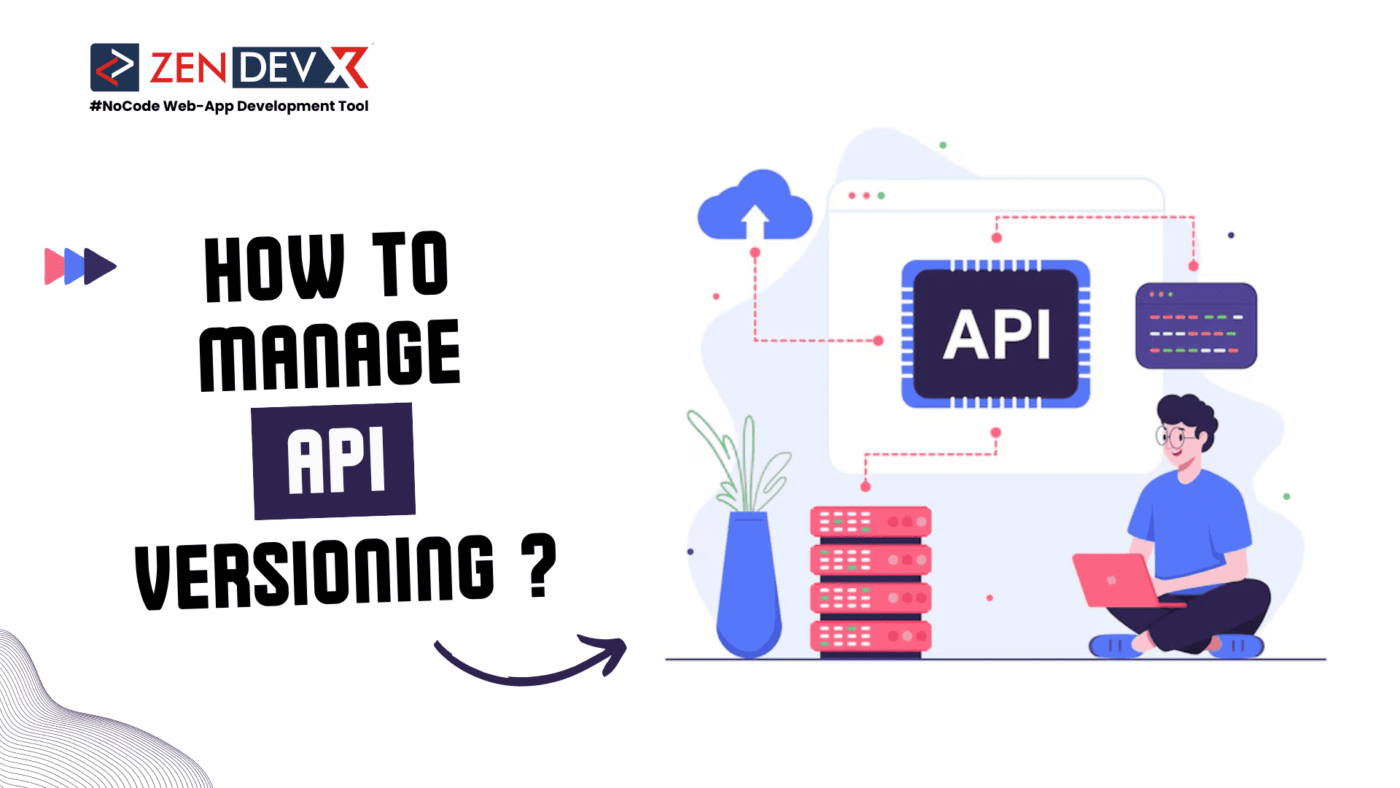Versioning of APIs determines much of their development and maintenance as well. Changing present clients as APIs grow demands a strong versioning technique to prevent disturbing existing clients.
Analyzing many methods and advised approaches for API versioning, this blog article looks at how to effectively version an API.
Why API Versioning Matters ?
Depending on the API, versioning allows developers to add new features, fix bugs, and deprecate old ones without harming current systems. It lets developers iterate and improve the API over time, while ensuring backwards compatibility. For consumers that use APIs, appropriate versioning also provides consistency and clarity.
Methods for API Versioning
Every one of the several techniques for API versioning has its benefits and disadvantages. The method to be applied depends on the specific requirements of the API and its consumers. The most commonly applied methods are:
1. Versioning for URI Paths
URI path versioning is among the most widely used and simplest methods available. The version number in the URI URL is clear and easy to understand.
For instance:GET /api/v1/usersGET /api/v2/users
Pros:
- Readily understood and used.
- Plain, unambiguous versioning.
Cons:
- Variations in the URI construction could compromise cache.
- Incorrect management could lead to resource duplication.
2. Query Parameter Versioning
For example:GET /api/users?version=1GET /api/users?version=2
Under this approach, the version is stated as a query parameter on the request URL.
Pros:
- Easy to run and test.
- URI structure is unaffected.
Cons:
- Less obvious than URI path versioning.
- Can cloud routing logic and URI management.
3. Versioning of Headers
Headers in the HTTP request indicate the version number. This method preserves the URI free from versioning information.
For example:GET /api/usersX-API-Version: 1
Pros:
- URIs are clean and unambiguous.
- Adaptable and easily extensible.
Cons:
- Less clear for developers to quickly find which version they are working with.
- Requires handling headers with unique logic.
4. Content Negotiation
Content negotiation uses the Accept header to indicate the expected API version.
For example:GET /api/usersAccept: v1+json, application/vnd.myapi
Pros:
- Clear URIs.
- Standard HTTP versioning methods.
Cons:
- Possibly challenging to implement.
- Not as simple for developers.
Guidelines for API Versioning: Best Practices
Following best practices ensures a smooth versioning process:
1. Clearly State Your Versioning Rules
Indicate exactly when and how versions will change. For instance, decide to increase the version number only for breaking changes, as backward-compatible updates do not call for a new version.
2. Deprecate Gradually
Give your users ample time when deprecating a version. Clearly present a timeline and encourage customers to move to the latest version. Provide complete migration guidance and support.
3. Documentation is Key
Maintain comprehensive records for every API version. Include specifics on deprecated functionality, migration behavior, and changes. Good documentation helps users transition smoothly between versions.
4. Implement Semantic Versioning
Semantic versioning aids in API versioning. SemVer uses a “MAJOR.MINOR.PATCH” system where:
- MAJOR version increments indicate breaking changes.
- MINOR versions add backward-compatible features.
- PATCH versions indicate backward-compatible bug fixes.
5. Automate the Versioning System
As much as possible, automate versioning using CI/CD pipelines to ensure consistent and reliable deployment of new versions. Automated tests should verify that current capabilities remain intact after new releases.
6. Track Usage and Feedback
Monitor the usage of different API versions to identify which are still actively used. Gather feedback from users to pinpoint areas needing improvement or potential issues.
Conclusion
A consistent approach to API versioning helps maintain a robust and reliable interface. Understanding the various strategies and best practices for versioning enables developers to manage changes, ensuring new features and updates are introduced without disrupting current users.
The suitable versioning method—whether URI path versioning, query parameter versioning, header versioning, or content negotiation—depends on the individual needs of your API and its users. Clear communication and thorough documentation are key. By adopting semantic versioning, deprecating gradually, and establishing a clear versioning policy, you can efficiently manage API versioning and ensure a seamless experience for developers and customers.


